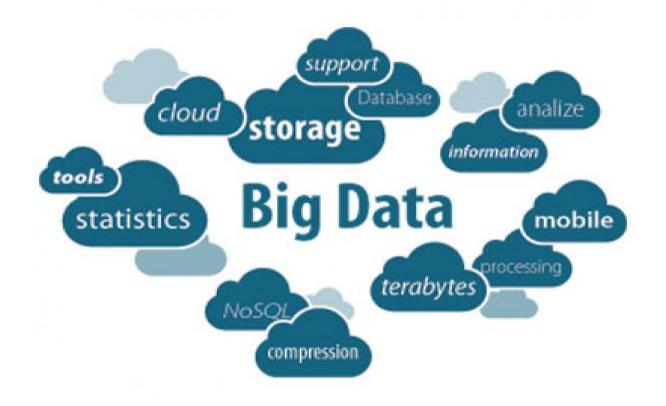Big data growth increases data integration degree of difficulty.
Posted by Richard Jenkins.
Big Data is not just about the volume of data, but also the potential strain it puts on infrastructure. Monetizing Big Data requires a substantial level of computing power, all of which is found within an extremely sensitive ecosystem. The result of this is that Big Data has a huge impact on operating costs, performance and management.
The good news is that there’s a growing awareness among senior management around the need for data center optimization, consolidation and growth. They fully understand how and why a smooth-running data center affects their top and bottom lines.
Helped in part by the increasing demands of Big Data, data centers are no longer the sole responsibility of the IT department. They have become a major concern to the executive suite. Management is asking: “How can my data center help meet the objectives of the business overall? Is the infrastructure running to its full potential? Am I effectively meeting audit and regulatory requirements? What are the strategies and technologies that can drive a risk-free, scalable infrastructure?
As hype gives way to clear, long-term data center planning, everyone involved in ensuring a fiscally smart, risk-free, high performance data center realizes that a unified approach of IT asset management, environmental monitoring, secure facilities management and cost-conscious decision making can ensure a data center meets Big Data’s demands.
They realize that, as Big Data grows, so will the number of assets needed to house and secure the data. Successfully tracking a complex network of assets is no mean feat – it is time consuming, expensive and prone to human errors. Ensuring the security of this asset inventory becomes paramount as well.
The loss of an asset greatly transcends the physical asset cost: the data contained on the asset is what’s important here. Consequently, all levels, executive and operational managers alike, agree – having real-time asset management and tracking is no longer “nice to have” it’s a “must have.”
As a result, growth versus consolidation is the unavoidable conundrum facing the CIO today. Data growth is a given, but the economically sound management of the environment for that data to become a productive part of the organization is the challenge. Big Data comes down to quality of service and owning the strategic information with which to stay ahead.
Data, however “Big”, is only as effective as the ability to derive actionable information from it. But, like anything mission critical, data needs control, has to be secure and needs to be managed if it is to be a corporate differentiator or a liability. And the data is only as good as the environment in which it works. As with many other “products”, data expects to be cared for. Heat must be managed, cooling used efficiently, liquid should be nowhere to be seen and air must have constant and equalized circulation.
Inventory management is also key in the performance of a data center and the business as a whole. Error-prone manual data collection leaves executives exposed as valuable assets are unaccounted for. There are financial, and even legal, implications to this exposure. Asset management should be an automated process, linked to the financial and operational registers and able to be measured at the click of a button.
The reality of Big Data – large scale asset growth, power requirements and fluctuations in environmental conditions – are daunting for any data center manager. Understanding factors such as rack-level temperature, humidity and differential air pressure are vital for combating unexpected issues in a Big Data environment. In turn, reducing power usage through environmental monitoring and efficient data center design clearly helps save on operational costs, improves asset lifespans and reduces resource wastage.
There will always be a fine line between realizing the business benefits of Big Data against the environmental impact. Regardless of the strategy, however, data center managers and business executives alike are urgently dealing with the demands Big Data will place on their company.
Source: www.rfcode.com


